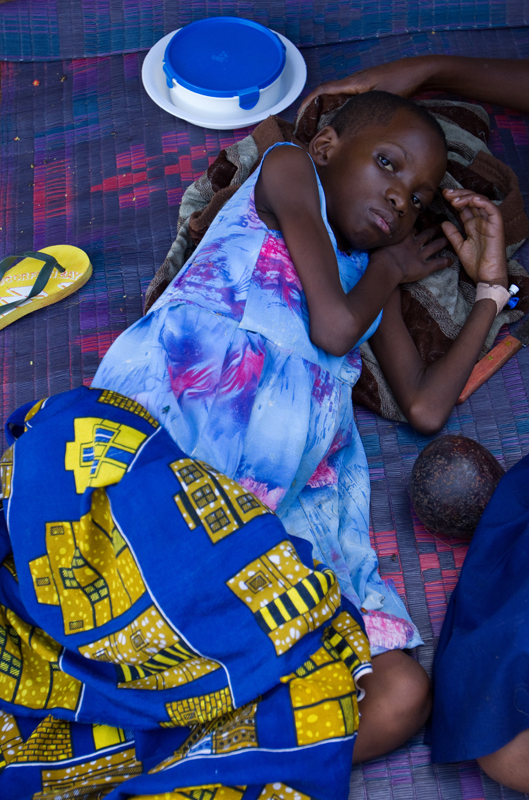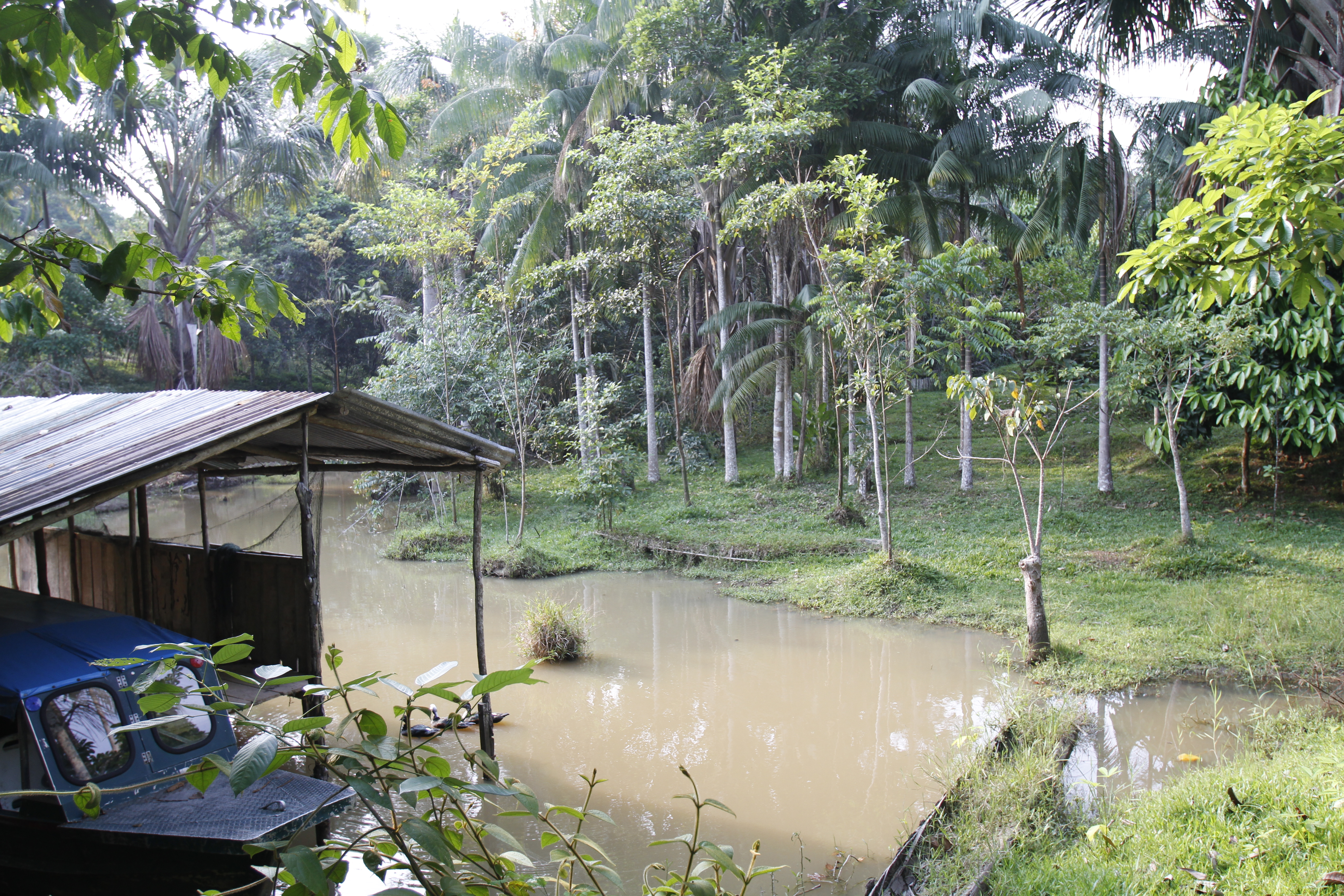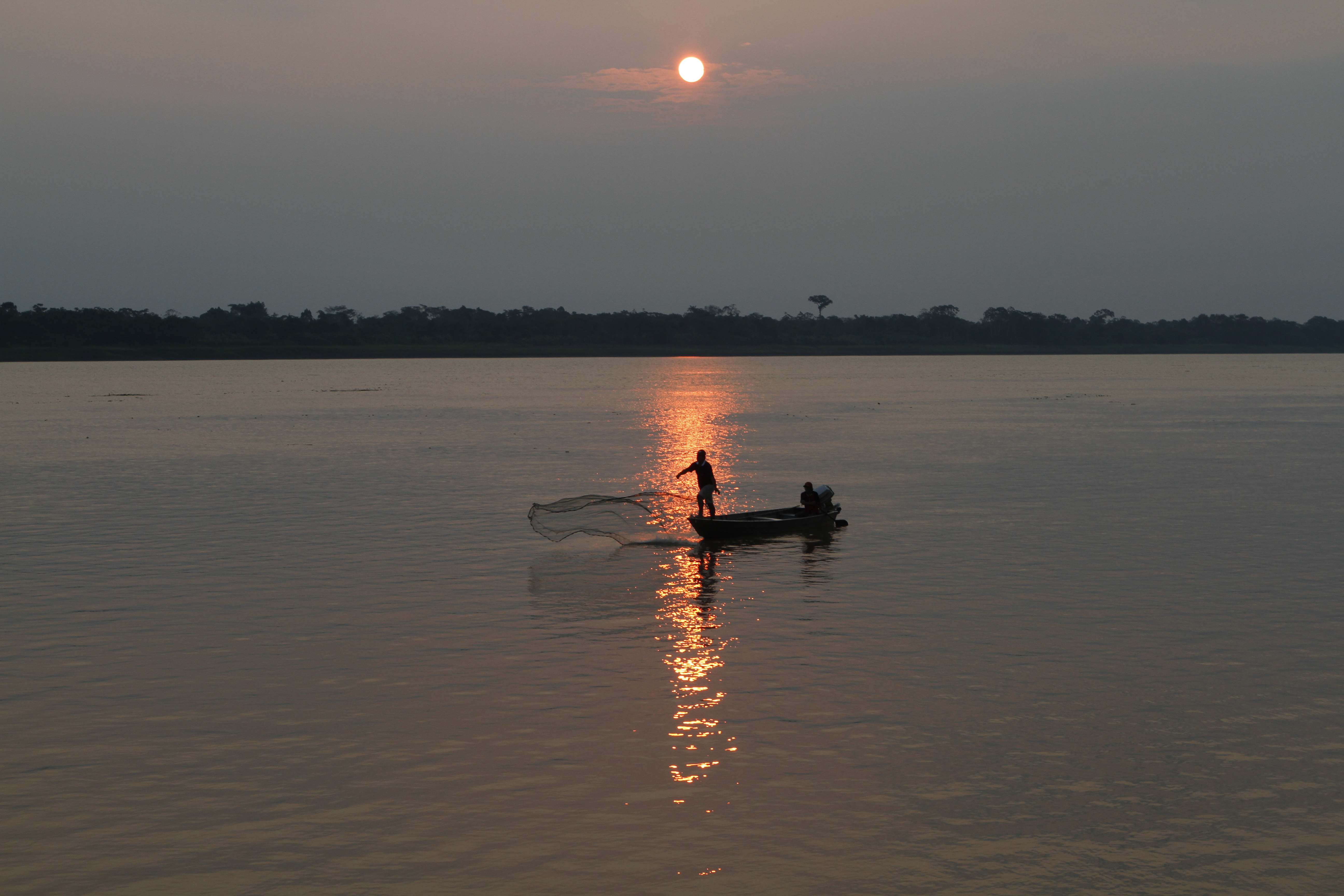Tag Archives: medicine
After four days of rest at home, it was rather surreal to get back out on the road again. Four days is a strange amount of time – it’s not enough time for you to completely settle in, but it’s just enough time to throw you off your traveling mode. Nevertheless, it was much needed and it felt routine when we returned to the airport. Just another flight, another immigration control, another taxi ride, another hotel. In fact, it felt so routine that I didn’t even really realize that I was in another country. There was no great sense of wonder or excitement arriving in Lima – perhaps because I had been there before. But it was a different story when we arrived in Iquitos. I was in the Amazon jungle now.
Iquitos is supposedly the world’s largest city that is not connected by road to any other city. You can only get there by plane or by boat. Bustling with “motokars” (auto-rickshaws) and every type of boat you can imagine, it’s hard to believe that this “jungle city” of 200,000 people is as isolated as it is. It was there that we met our subject, Gina Low, who founded APECA Peru – an organization that aims to preserve the Amazon rainforest and its inhabitants through helping the indigenous communities develop sustainable methods of living. We traveled with her to APECA’s base camp, El Fundo, a lush jungle property with an exotic locale, right on the banks of the Amazon river. The trip itself was no simple task – commuter boats along the Amazon only depart when they’re full of people, as gasoline is expensive, so there’s no telling when you’ll leaving or when the boat will come back if you happen to miss it. But there’s nothing like gliding down the Amazon, marveling at its width when what you think is the other bank is actually just an island. It certainly is a memorable experience.
Luckily I got to travel down the Amazon quite a few times, as we visited several villages along the river that APECA has worked with. Gina has been in the region for over 17 years, building relationships with the locals, so it was no surprise that she was received so warmly everywhere we went. She and her partner Pablo Guerra, the director of APECA’s programs, have been bringing much-needed free healthcare to the villages, and carrying out various projects that encourage healthy and sustainable living – constructing clean water systems, building latrines, starting reforestation projects, teaching sustainable fishing and turtle farming, training members of the community to be healthcare educators, etc. It was promising to see some of those projects in place and the individuals that have really run with them – like Teresa, who planted 700 trees that the community can share and use the wood to build their homes with. But it was also difficult to see the conditions that the people live in, and what’s worse, to know that they are complacent with such poverty and will never expect it to ever improve.
In one of the villages, my mom and I were trying to film a community meeting, and many of the children were standing in the way of the camera (wouldn’t you, if you had never seen such a crazy-looking thing before?). To get them to step aside, my mom said “beep beep,” as in a car horn, and instead of moving they started giggling uncontrollably and repeating the sound over and over again, like it was a funny word. I realized that they might not know what we were referring to, so I explained to them that that is what a car horn sounds like. Their faces were blank and I thought oh, they’ve probably never seen a car in their lives, so they have no idea what I’m talking about. So then I said that some boats also make this sound – again, blank faces, and I realized that the only boats they’ve ever seen are dugout canoes and small rowboats with outboard motors. That’s when it really hit me – most of these kids will probably never leave this village in their lives. They will never know what a car is, they will never hear the sound of a horn, and they will never have the opportunities and privileges that most kids in the U.S. squander away without a second thought.
I guess my message here is that despite the plentiful mosquito bites and the lack of running water and electricity, my visit to the Amazon has been an enlightening experience and has shown me, once again, to never take my life and the opportunities I have had for granted.
Yesterday, I felt like I was really in Africa, not because I saw wild animals on a high-end luxury Safari, but because I was witness to some of the suffering on this continent.
After filming local artists at the university, we went to the children’s cancer wing at Mulago Hospital. They didn’t allow visitors (except family members) inside the one room ward but the door was open and we could see the conditions inside. The children’s ward, contained in its own small building was dimly lit and full to capacity. There were two rows of cribs and one row of beds with just enough room to move around. Parents were sitting with their children who were either sleeping or crying as painful procedures were done right inside the ward. I saw the horrified looks on children’s faces as they watched these procedures being administered to others, knowing they soon would be next. It was heartbreaking to see children so sick and knowing there was little hope for their future.
The children who were well enough to go outside were sitting with their mother or father underneath the shade of a tree,  too sick to do much more than quietly lay there on a blanket. Some were so thin they looked like fragile dolls. In Uganda, many of these ill children travel hundreds of miles from their villages, seeking medical attention, only to arrive and find out that not only is the cost of chemotherapy prohibitively expensive but the hospital provides nothing – not even food. So, many children are abandoned and die a slow death from starvation and the ravages of a cancer that literally multiplies at a daily pace.
too sick to do much more than quietly lay there on a blanket. Some were so thin they looked like fragile dolls. In Uganda, many of these ill children travel hundreds of miles from their villages, seeking medical attention, only to arrive and find out that not only is the cost of chemotherapy prohibitively expensive but the hospital provides nothing – not even food. So, many children are abandoned and die a slow death from starvation and the ravages of a cancer that literally multiplies at a daily pace.
This is what Letha Sandison witnessed when she first arrived in Uganda, accompanying her husband who is a doctor specializing in Malaria. She knew that most of the cancers that the children have are curable – if only they could get treatment and be nourished.  After spending many months volunteering at the hospital, she decided to do something more to help. She formed the Wrap Up Africa foundation, which is a combination micro business, and philanthropic outreach. She trained family members of sick children to be tailors and sew garments made from indigenous materials, thus creating a sustainable model that not only gave the families the resources to pay for their child’s treatment but also at the same time give them a trade and the means to help themselves.
After spending many months volunteering at the hospital, she decided to do something more to help. She formed the Wrap Up Africa foundation, which is a combination micro business, and philanthropic outreach. She trained family members of sick children to be tailors and sew garments made from indigenous materials, thus creating a sustainable model that not only gave the families the resources to pay for their child’s treatment but also at the same time give them a trade and the means to help themselves.
In the process, she has involved and employed local artists to make buttons for the garments and uses local mills to make the fabric used in the clothes. Her idea was to use local resources, rather than to import things from countries like China and India and at the same time create a sustainable business model that would bring income and hope to many in the process. She told me that it would have been easier to have just set up a cancer foundation and provide money for the treatments but her vision was to create something more than just a hand out.
The day before our visit to the hospital we went to Letha’s office where tailors were busy at work. When Letha entered the room, one young woman got down on her knees and said “Thank you for my little girl”. Letha explained that this young mother had a 5-year-old daughter who had a tumor on her kidney and was basically written off to die, but because her mother was able to pay for her chemo treatments, her daughter’s cancer went into remission and now the child is 6 years old and back in school. The mother continues to stay in Kampala with her daughter and sew for Letha so that her child can be monitored over the next few years and treated as necessary. Her village is too far away and the journey too lengthy and expensive to go back and forth, so like many others, they stay in Kampala, away from the rest of their families, hoping for the best.
I could see the look on Letha’s face when this young mother thanked her for giving her back her child and that was what kept her going. That is the reward that Letha receives and it far outweighs any monetary rewards that we all seem to get caught up in from time to time. And that is what motivates the people who choose to do what they can to make a positive difference.
Letha summed up living in Africa. She told me that living in Africa, you had strawberry days and onion days. The strawberry days are sweet and beautiful and fantastic and the onion days are days that make you cry and have layers of difficulty and hardship. There’s nothing easy about living in Africa, but the rewards are many.
Just when we think that we’ve found all of our people to feature, another person pops into our lives. I’m excited to announce our newest subject – Dr. David Mar Naw and his organization Where There Is Not a Doctor.
“Dr. David,” as he is affectionately known, is an experienced doctor who got fed up with the corruption he found while working with an NGO that provided medical supplies to the poor hill-tribe villages in Chiang Rai, a city in northern Thailand. He decided to part ways and travel himself between the villages, providing free medical treatment to the villagers who lacked these resources, and receiving food and a place to stay in return.
Dr. David has continued these visits, and is now often accompanied by volunteers, including many medical professionals, through his program Where There Is Not a Doctor. Dr. David set up this program in order to recruit volunteers and seek donations to fund his visits to the hill-tribes and the medical supplies that he brings with him. Now, in addition to providing medical treatments, he has expanded his activities to include teaching languages and first aid, building water supplies and bridges, and many other projects to benefit the hill-tribes. There are countless ways to volunteer and aid Dr. David with his projects, and people may stay with him for a minimum of one week to up to a year.
We are currently making arrangements to visit Dr. David in Chiang Rai and shadow him during his visits to the hill-tribes. We’re very excited to meet him and share his incredible story with you!






































